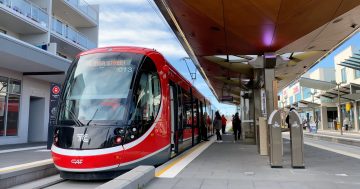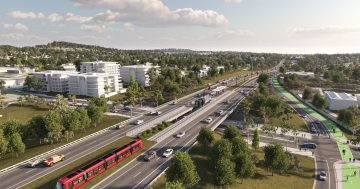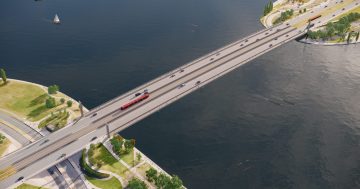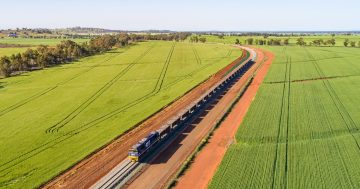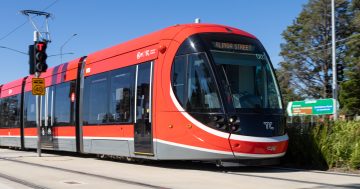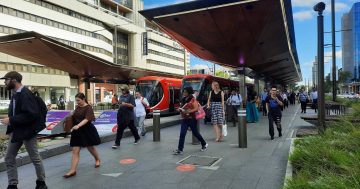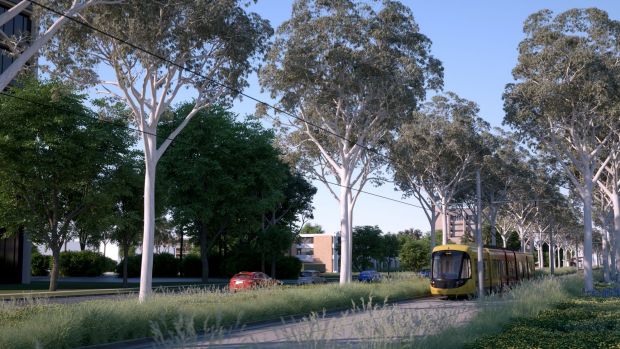
Looking at the news a few days ago, an article about Sydney’s South East Light Rail project caught my attention. Apparently the cost of the 12km long project, similar in length to ACT’s version, has blown out by over half a billion dollars.
From the Australian Financial review, 30th November 2016: “Some of this increase was due to scope changes and planning modifications, but the majority – $517 million – was due to mispricing and omissions in the business case,” the Auditor-General said.”
Knowing the details of our own business case it seems quite probable that this could possibly happen here. Also, so many other factors in the political and financial landscape may have adverse influence on the project, such as the re-introduction of the ABCC and increasing interest rates. Will the cost benefits of “value adding” along the corridor be as lucrative if our interest rates were to rise substantially over the next three or four years? Will a resulting slump in the housing market due to unaffordable units affect the promised returns to both the government and builders?
Of course the future is always unpredictable and investing in a project this size a gamble, but is Canberra so insulated from the rest of Australia that it can avoid a repeat of this situation, especially when the odds were so slim to begin with?
Sydney’s project had an original cost benefit ratio of 2.5:1 but with the additional costs it reduces to around $1.90 in returns from a dollar invested. Should our tram cost blowout by half a billion dollars, returns would drop to 0.65:1, a net loss of 35 cents in the dollar.
We must also remember that these cost benefits are not solely generated from light rail but from the boost to the government indirectly from “value adding”.
With a double whammy of falling sales in housing and cost blowouts, this could be a very big hit to Canberra’s finances. I am of course not a financial expert so if anybody feels the need to correct any errors or my interpretation of the facts, in plain English so everybody can understand, please feel free to do so.
I am simply trying to use reason and the figures available to see if this is a possibility for Canberra’s tram project.












